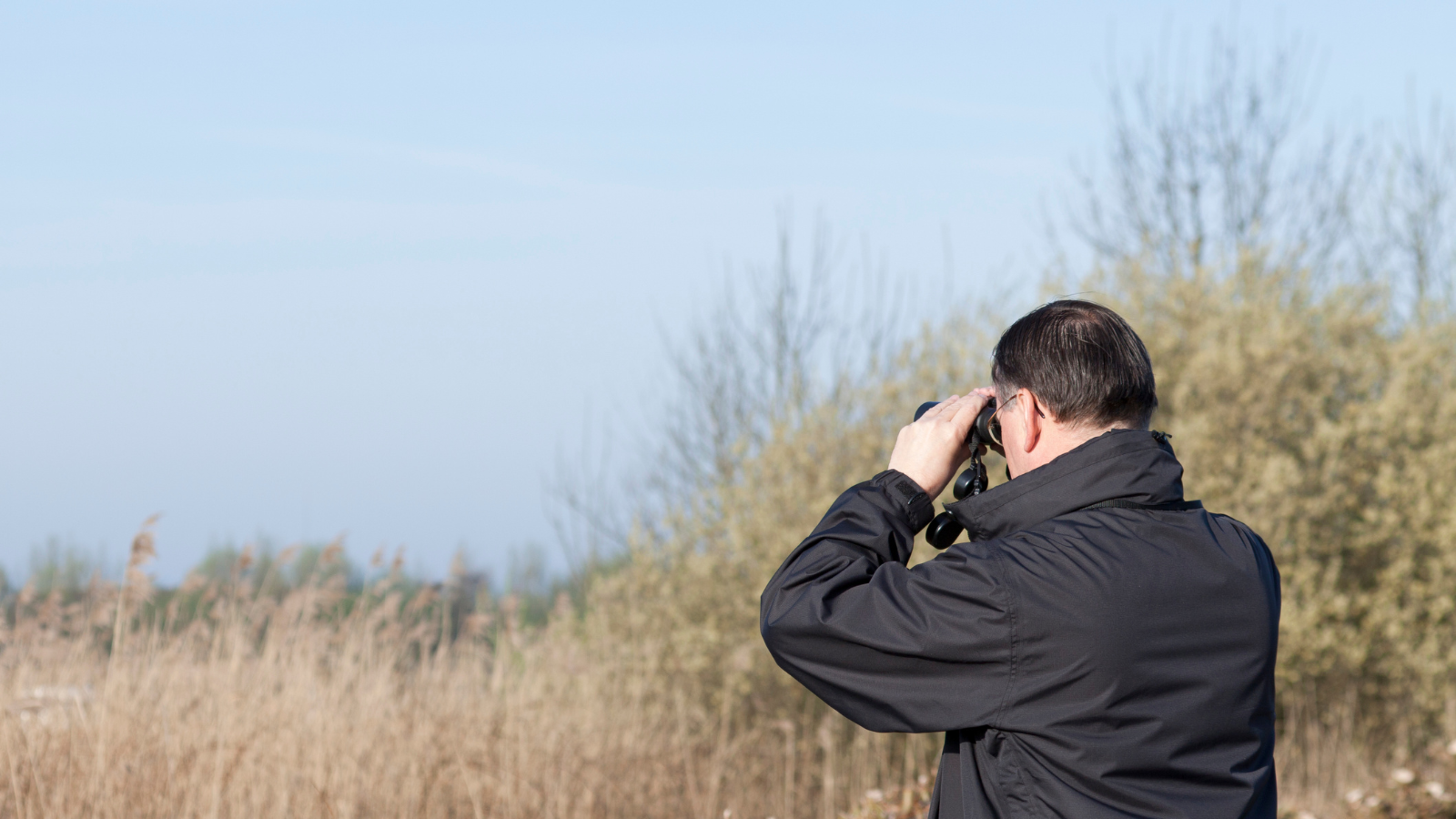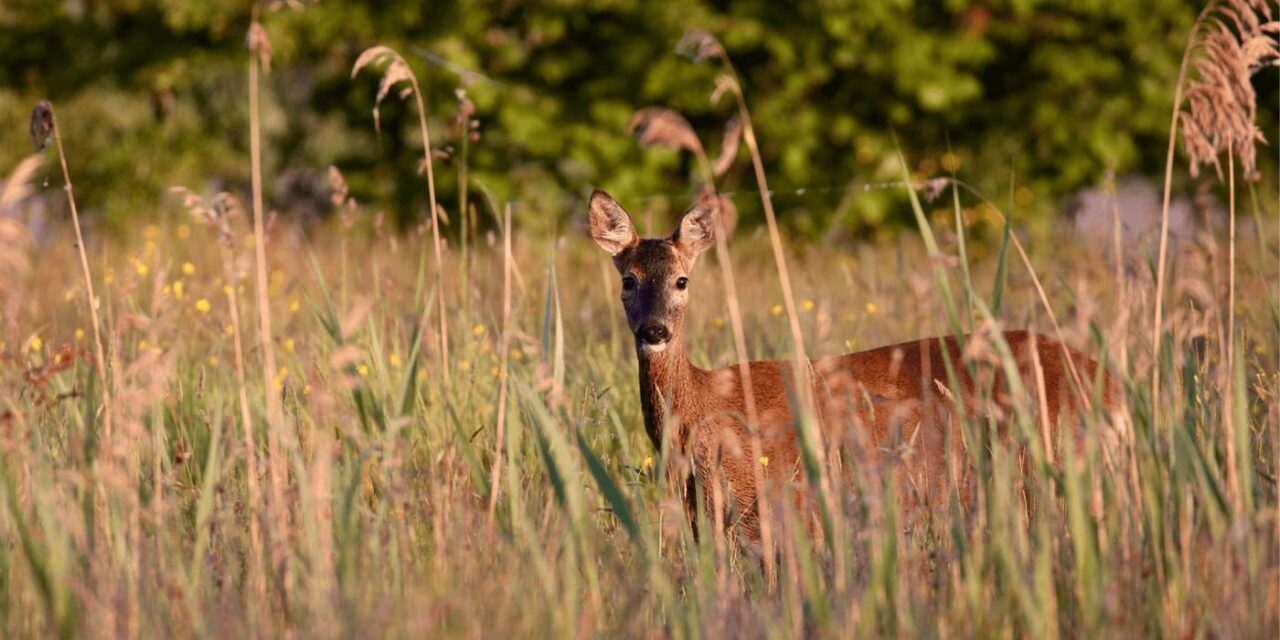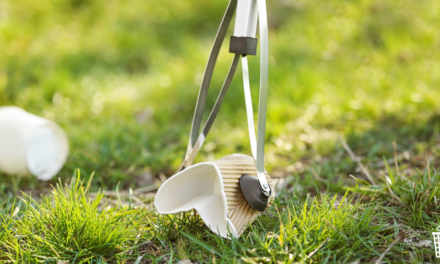East Sussex is brimming with diverse wildlife and natural beauty. It’s a paradise for nature lovers, especially in autumn when the landscape transforms into a vibrant tapestry of colours. As a result, the county is home to many hidden gems, perfect for wildlife spotting. From serene woodlands and peaceful wetlands to rugged beaches and coastal cliffs, East Sussex offers plenty of opportunities to experience wildlife in its natural habitat.
In this post, we’ll explore the best places to experience wildlife in East Sussex. We’ll also share some tips for ensuring your adventures are respectful and sustainable.
Top spots for wildlife in East Sussex
1. Rye Harbour Nature Reserve
Rye Harbour Nature Reserve is a stunning mosaic of coastal habitats that offers wildlife spotting all year round. With miles of paths and five accessible birdwatching hides, you can enjoy the vibrant array of birds and coastal flora, from colourful butterflies to wintering ducks and elusive egrets.
Top Tip: Check the beach after winter storms to find fascinating sea life, including cuttlefish bones, starfish, and mermaid’s purses!
2. Pett Level Beach
Pett Level is a peaceful seaside village between Rye and Hastings. At low tide, you can spot remnants of ancient trees from a fossilised forest. Additionally, the nearby Pett Pools are home to diverse breeding and overwintering waterfowl.
Top Tip: Don’t miss the chance for rock pooling at low tide to discover crabs, starfish, and other fascinating marine life!
3. Railway Land Wildlife Trust (Lewes)
This hidden oasis in the heart of Lewes sits beside the River Ouse. Here, wildflowers flourish among the remnants of an old railway yard. With habitats including wet woodland, ponds, and the “Heart of Reeds,” it’s ideal for spotting reed warblers, aquatic life, and lush mosses.
Top Tip: Visit after rain to see the Winterbourne stream flowing, bringing fresh water and life to the reserve’s diverse habitats.
4. Chailey Common Nature Reserve
Chailey Common, one of the largest commons in southern England, is full of heathland. Rare flowers like Marsh Gentian bloom among stretches of heather and gorse. Bird enthusiasts may also spot Stonechats, Nightjars, and Hobbies.
Top tip: Stick to footpaths to minimise disturbance to the wildlife and enjoy sightings of grazing Hebridean sheep and Exmoor ponies.
5. Wilderness Wood
Wilderness Wood, set in Hadlow Down, thrives with diverse wildlife. Supported by dedicated volunteers, this woodland is home to bats, owls, and vibrant spring wildflowers that attract bees and butterflies.
Top tip: Visit during the early evening for the best chance to see bats and hear the calls of resident owls.
6. Weir Wood Reservoir
Weir Wood Reservoir, located in Ashdown Forest, offers diverse habitats and stunning views. In addition, the western side is a haven for wildlife watchers, with an accessible bird hide and viewing platform for up-close encounters.
Top tip: If you’re lucky you may see kingfishers, ospreys and herons, and, in winter, flocks of tufted ducks and goldeneye.
7. Friston Forest
Friston Forest is a family-friendly destination for exploring beautiful beech woodlands. Nestled within the South Downs National Park, it offers scenic trails and sweeping views of the Cuckmere Valley.
Top tip: Take an evening walk to catch a glimpse of the resident badgers!
8. Arlington Reservoir
Arlington Reservoir is perfect for nature lovers. With over 170 bird species, it’s a haven for birdwatchers. The mix of reeds, woodlands, and grassland creates a rich habitat for birds, butterflies, and small mammals.
Top tip: Keep an eye out for kingfishers, herons, nightingales, dragonflies, foxes, and stoats
Tips for spotting wildlife in East Sussex
- Be Quiet: Move slowly and keep noise to a minimum to avoid scaring away animals. In addition, try to avoid sudden movements that might disturb wildlife.
- Use Binoculars: A good pair of binoculars will help you observe wildlife without getting too close. This way, you can enjoy watching from a distance while still getting a clear view.
- Visit at Different Times: Early mornings and late afternoons are often the best times for spotting animals. For instance, these are the times when many animals are most active.
- Research Species: Familiarise yourself with local wildlife to know what to look for and increase your chances of sightings. As a result, you’ll be more prepared and confident when you spot new species.
- Stay Patient: Wildlife watching requires patience. Sometimes, sitting quietly can lead to unexpected encounters. However, it’s important to stay alert and attentive during your wait.

The seven principles of Leave No Trace
When exploring East Sussex, it’s important to respect the environment so that future visitors can enjoy it too. By following the Leave No Trace principles, you help protect local wildlife and habitats. These simple guidelines remind us to plan ahead, stay on marked trails, take litter home, and observe animals from a safe distance.
Want to know more? Check out the full Leave No Trace guidelines here.
By exploring these hidden wildlife gems and practising the Leave No Trace principles, you can enjoy the great outdoors while helping to protect and preserve East Sussex’s natural beauty for future generations. Happy wildlife spotting!




